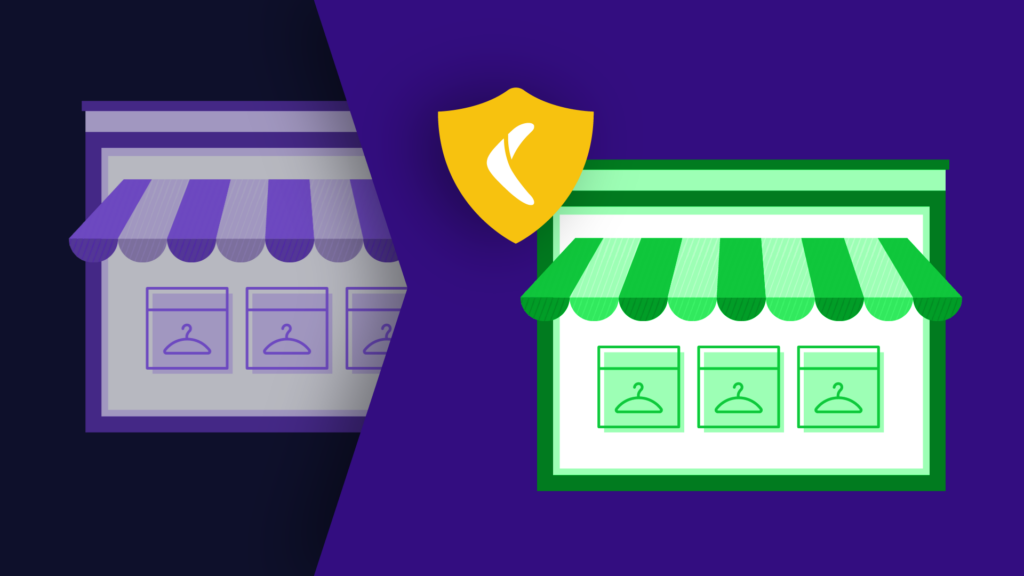On January 13th, the residents of Hawaii received an emergency incoming missile alert.
It took authorities 38 minutes to send a follow-up message explaining that it was a false alarm.
This incident, which left over a million people in a complete state of panic for almost an hour, begs the question how could this happen? And why did it take so long to correct the colossal mistake?
Surely, sending an emergency missile alert to an entire state requires several verification steps. Or, at the very least, there’s a concrete plan for the unlikely event that the alert was sent by mistake.
Unfortunately, that wasn’t the reality as authorities attributed the mistake to a worker pushing the wrong button during a routine test and they hadn’t planned on what to do in case of a false alarm.
This incident was a stark reminder of what can happen when the technologies we use on a daily basis are not protected against inevitable human error.
As authorities in Hawaii reevaluate their internal processes, it’s a good time to ask whether you have processes in place around your business to prevent a small mistake from becoming a huge disaster.
These three areas are a good place to start:
Be stringent with user permissions
Whether it’s an employee, app developer, or an agency that you’re working with, anytime you give other people access to your business accounts, such as Facebook, Shopify, or WordPress, you are increasing the risk of someone accidentally changing or deleting important data at the push of a button.
Some tips to always keep in mind:
- Never, ever share a password or use a common login. Each user should be given their own account.
- For each user that you create, only give them the minimum permissions that they need to do their job.
- Remember to disable user accounts once the person no longer works with you or requires access to that account.
- Be aware of the permissions you’re granting to apps.
Back. It. Up.
What would you do if all of your blog posts were suddenly deleted? Or you hire someone to do customizations to your website that end up breaking your theme? How long would it take you to recover those business assets?
Not surprisingly, the people who are fanatic about backing up their files are also the unlucky ones who have experienced a huge data loss in the past. But don’t count on your luck- data loss can happen to anyone.
Digital Files: Get in the habit of creating a digital copy of important paper documents. You can even use free apps like Adobe Scan to do the job. The easiest place to store your digital files is in cloud-based file storage such as Dropbox or Google Drive. Digital photos from your phone and computer can easily be saved to Google Photos. For very large files, such as video and audio, you might want to invest in an external hard drive.
Website/Store: This is often the backbone of your business. If your website or online store is down, your revenue will likely take a hit. There’s a number of ways that human error can wreck havoc on your site or online store: an app integration going wrong, messy theme code, accidentally deleting files, etc. In most cases, a backup is the only thing that can get your site back up and running in minutes.
WordPress: Using a child theme in WordPress
Accounting Data/Receipts: You don’t realize what a nightmare it is to lose something as simple as who owes you money until you have to rebuild that data for the last couple of months. Get in the habit of backing up accounting data at least once a week and instead of stuffing receipts in a box, use apps like Shoeboxed to convert them into digital files.
Keep your passwords off post-it notes
A photo from the Hawaii emergency agency resurfaced online during the recent news in which a password can be seen written on a post-it note, prompting even more questions around the agency’s security practices. Needless to say, don’t keep your password written in plain view and follow password security best practices:
- Don’t reuse the same password for all your accounts
- Better yet, use a password manager to create unique, secure passwords for you
- Enable two-factor authentication (2FA) when possible
Conclusion
As Ben Hyman, co-founder of Revival Rugs, learned the hard way: “All it takes is seconds for a business to fall apart, followed by days – even weeks – needed to pick up and put back together all of the pieces.” Don’t wait for disaster to strike to start thinking about how to handle a disaster.
Following the guidelines outlined in this post, you’ll be prepared to quickly recover from a data disaster and significantly reduce the chance that a small human error can completely derail your business.
For more information about Rewind, please head on over to rewind.com. Or, learn more about how to backup Shopify, backup BigCommerce, or backup QuickBooks Online.

 Rally Stanoeva">
Rally Stanoeva">


